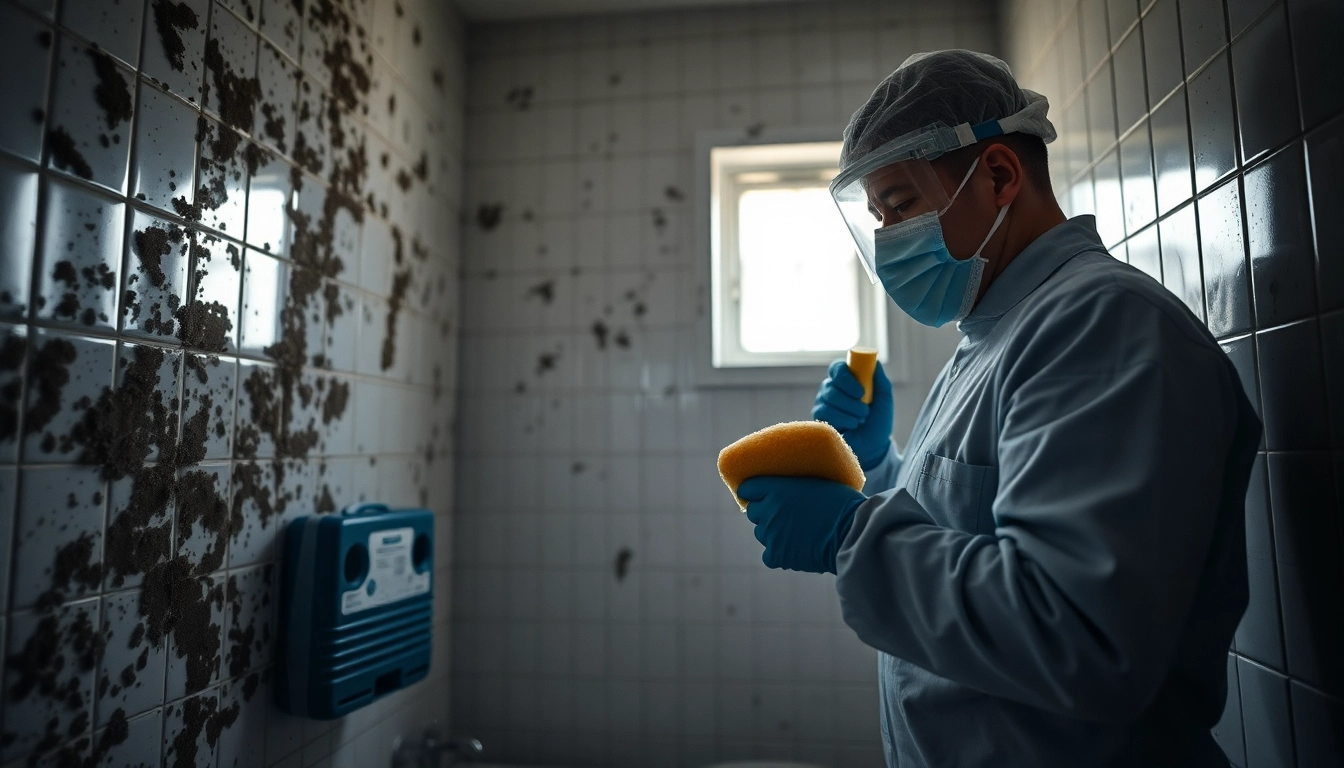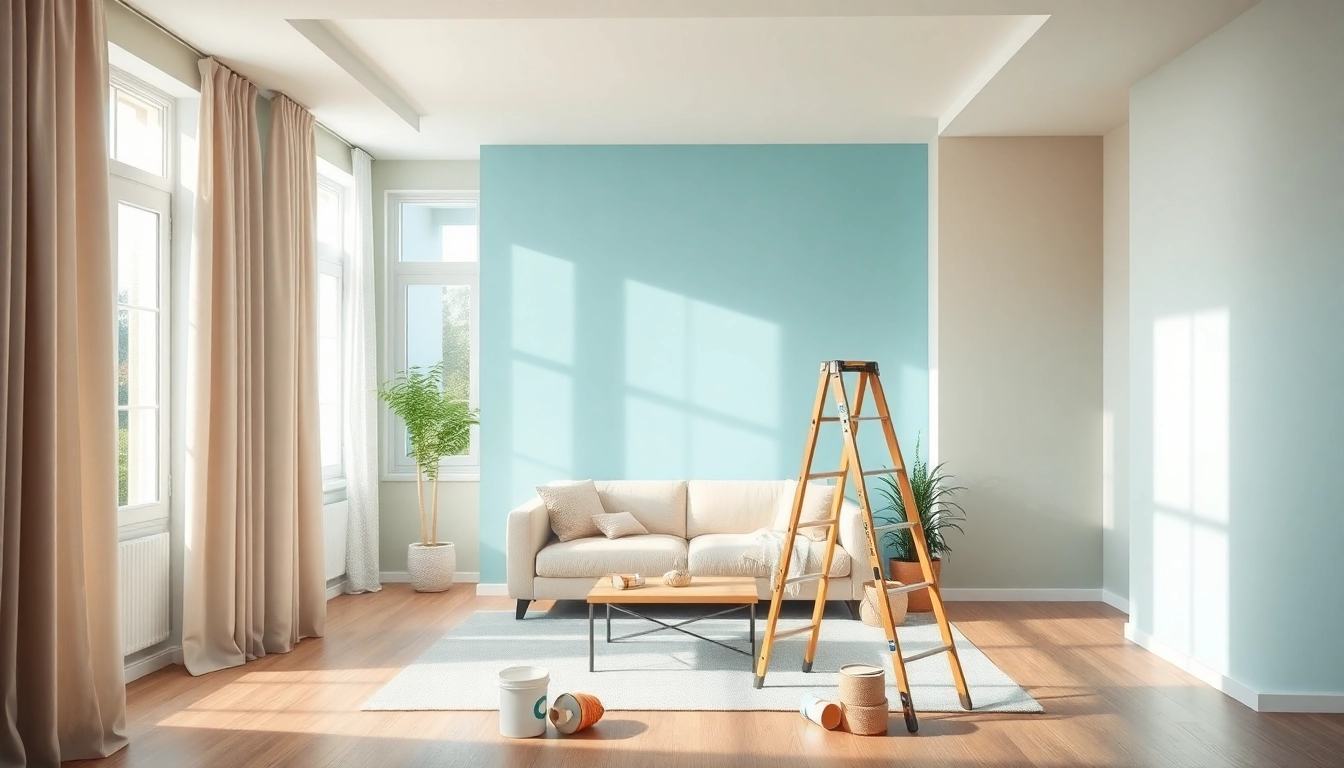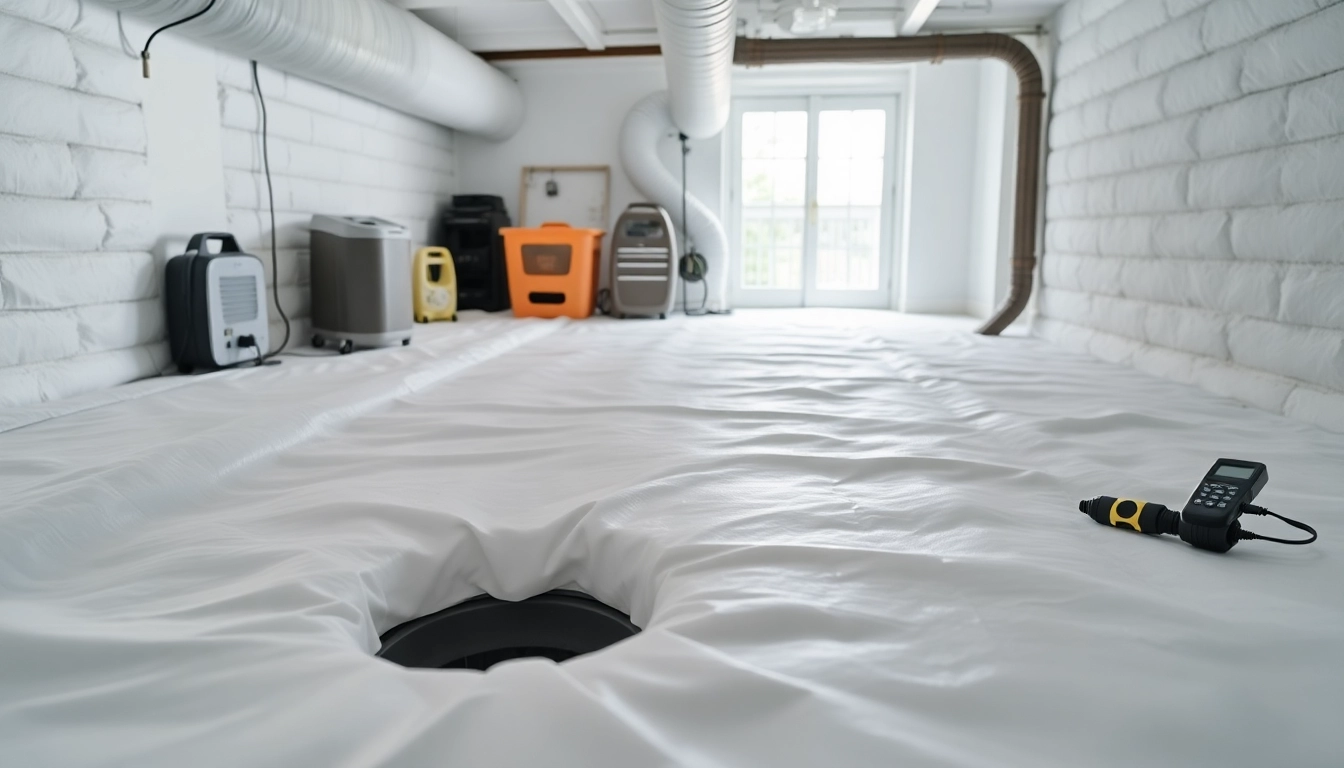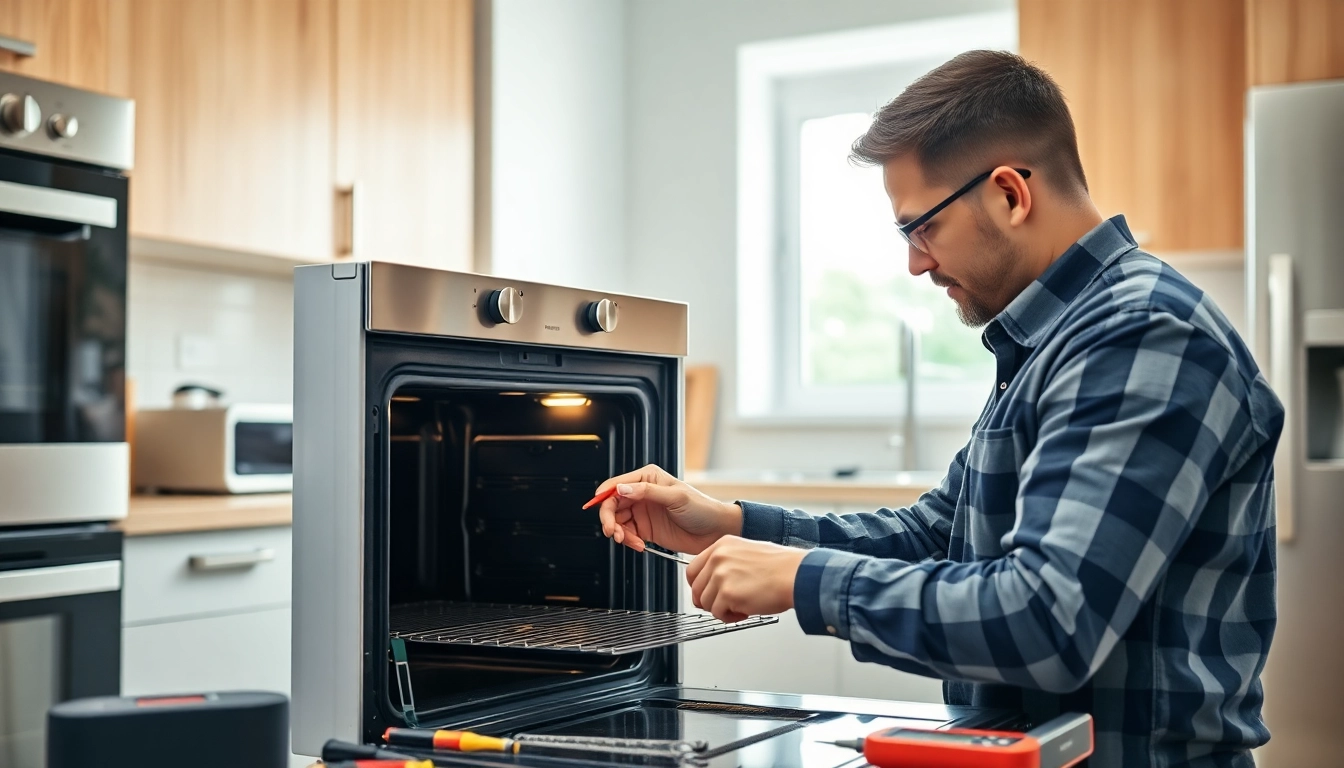Essential Strategies for Effective Mold Removal in Homes
Understanding Mold: Causes and Effects
What is Mold?
Mold is a type of fungus that proliferates in moist, warm, and humid environments, serving as a natural decomposer of organic matter. Found both indoors and outdoors, mold spores are microscopic and can easily drift through the air, contaminating various surfaces. Although it plays an essential role in the ecosystem by breaking down organic materials, mold can become a nuisance when it starts to grow uncontrollably inside homes and buildings.
Common Causes of Mold Growth
Mold thrives on moisture, and several factors can contribute to its growth indoors:
- High Humidity: Environments with humidity levels above 60% are conducive to mold growth. Bathrooms, basements, and kitchens are common areas where humidity levels can rise significantly.
- Water Leaks: Leaks from roofs, plumbing, or walls can provide the moisture that mold needs to thrive, leading to serious infestations if not promptly addressed.
- Poor Ventilation: Areas with insufficient airflow can trap humidity and promote mold development. Proper ventilation is crucial in preventing mold spores from settling.
- Flooding: Any major water intrusion event, such as flooding, can lead to rapid mold growth if the area is not properly dried and disinfected.
The Effects of Mold on Health and Property
Mold not only damages the structural integrity of buildings but also poses serious health risks. Exposure to mold can lead to various health issues, particularly for sensitive individuals. Common health effects include:
- Respiratory Issues: People may experience coughing, sneezing, nasal congestion, and even asthma attacks when exposed to mold spores.
- Allergic Reactions: Mold can trigger severe allergic reactions in some individuals, including skin rashes, eye irritation, and overall allergic responses.
- Mycotoxin Exposure: Certain molds produce mycotoxins, which can lead to more serious health problems, including neurological issues and immune system complications.
- Property Damage: Mold can weaken structures, causing wood and other building materials to decay over time, leading to costly repairs.
Mold Removal Techniques: DIY vs. Professional
DIY Mold Removal Methods
For minor mold infestations, homeowners may consider Mold removal methods themselves. The following steps can be effective:
- Identify and Fix the Moisture Source: Address any leaks or humidity problems before attempting to clean any mold.
- Wear Protective Gear: Masks, gloves, and goggles are essential to prevent exposure during the cleanup process.
- Scrub Mold from Hard Surfaces: Use a solution of soap and water or a commercial mold cleaner to scrub hard surfaces thoroughly.
- Dispose of Contaminated Materials: If porous materials such as carpets or ceiling tiles are severely infested, they may need to be discarded.
- Dry Completely: Ensure all areas are dried thoroughly to prevent mold from returning.
When to Hire Professionals for Mold Removal
While DIY methods can handle minor mold problems, it may be necessary to contact a professional for larger infestations or when specific criteria are met:
- Widespread Growth: If mold covers more than 10 square feet, a professional service is recommended to manage the situation safely.
- Health Concerns: If anyone in the household has respiratory issues or significant allergic reactions, professional assistance should be sought.
- Hidden Mold: Mold growing behind walls or ceilings often requires specialized equipment and techniques for safe removal.
Cost Comparison: DIY vs. Professional Services
The cost of Mold removal can vary widely depending on the method used:
- DIY Costs: Basic supplies like cleaning solutions and protective gear may cost anywhere from $50 to $200.
- Professional Removal Costs: The fees for professional mold remediation typically range from $500 to $3,000, based on the severity of the infestation and additional services needed.
When deciding between DIY and professional services, consider the extent of the mold problem, health risks, and long-term solutions.
Preventative Measures to Avoid Mold
Humidity Control in The Home
Maintaining an optimal humidity level is crucial for preventing mold growth. The following steps can help:
- Use Dehumidifiers: In humid climates or during humid seasons, use dehumidifiers in moisture-prone areas.
- Ventilation: Ensure proper ventilation in rooms such as kitchens and bathrooms. Use exhaust fans to expel excess moisture.
- Monitor Humidity Levels: Use hygrometers to track indoor humidity and maintain levels between 30-50%.
Best Practices for Home Construction
Building homes with mold resistance in mind can greatly reduce the chances of mold growth. Consider the following guidelines:
- Use Mold-Resistant Materials: Employ materials such as mold-resistant drywall and paints to help mitigate mold growth.
- Proper Drainage: Ensure adequate drainage around the foundation to deter moisture accumulation.
- Seal Cracks: Regularly inspect and seal any cracks in walls and foundations to prevent water intrusion.
Regular Maintenance for Mold Prevention
Routine maintenance can play a crucial role in preventing mold:
- Inspect Homes Regularly: Conduct inspections for leaks or visible mold in vulnerable areas.
- Clean Gutters: Keep gutters clean and functional to prevent overflow and water buildup near the foundation.
- Timely Repairs: Promptly fix any signs of water damage or leaks to eradicate potential sources of mold growth.
Mold Removal Products: What Works Best
Natural vs. Chemical Mold Removal Products
There are various products available for mold removal, each with its benefits and drawbacks:
- Natural Solutions: Products like vinegar, baking soda, and tea tree oil can be effective against mild mold. Vinegar, with its acetic acid content, can kill about 82% of molds.
- Chemical Solutions: Stronger products containing fungicides and bleach can effectively eliminate mold but can be harsh and potentially hazardous. Safety precautions are paramount.
Top Recommended Mold Removal Solutions
Some effective mold removal solutions include:
- Commercial Mold Removers: Products specifically designed for mold removal often contain concentrated formulas targeted for efficacy.
- Hydrogen Peroxide: A less toxic alternative to bleach, hydrogen peroxide is effective against mold and safe for indoor use.
Application Techniques for Maximum Effectiveness
For optimal results, consider these application techniques:
- Apply Generously: Ensure that the cleaning solution saturates the moldy surface.
- Scrub Effectively: Use a scrub brush for hard surfaces to attack mold at its roots.
- Allow for Contact Time: Let the cleaner sit for at least 10-15 minutes before rinsing to maximize effectiveness.
Aftercare and Long-Term Mold Prevention
Monitoring for Mold Recurrence
After remediation, ongoing monitoring for signs of mold is essential. Regularly check vulnerable areas for moisture, visible mold patches, or any musty odors. Utilize mold testing kits to gain further insight into air quality and mold spore levels.
Regular Maintenance Plans
Implementing a maintenance plan can help prevent future mold issues. Routine inspections, cleaning, and repair of any leaks or moisture sources will fortify your home against mold resurgence.
How to Educate Your Family About Mold Safety
Educating family members about mold health risks and safety practices can foster awareness and preventive measures. Discuss what mold looks like, its potential dangers, and the importance of reporting any water leaks or unusual odors in the home.














Post Comment